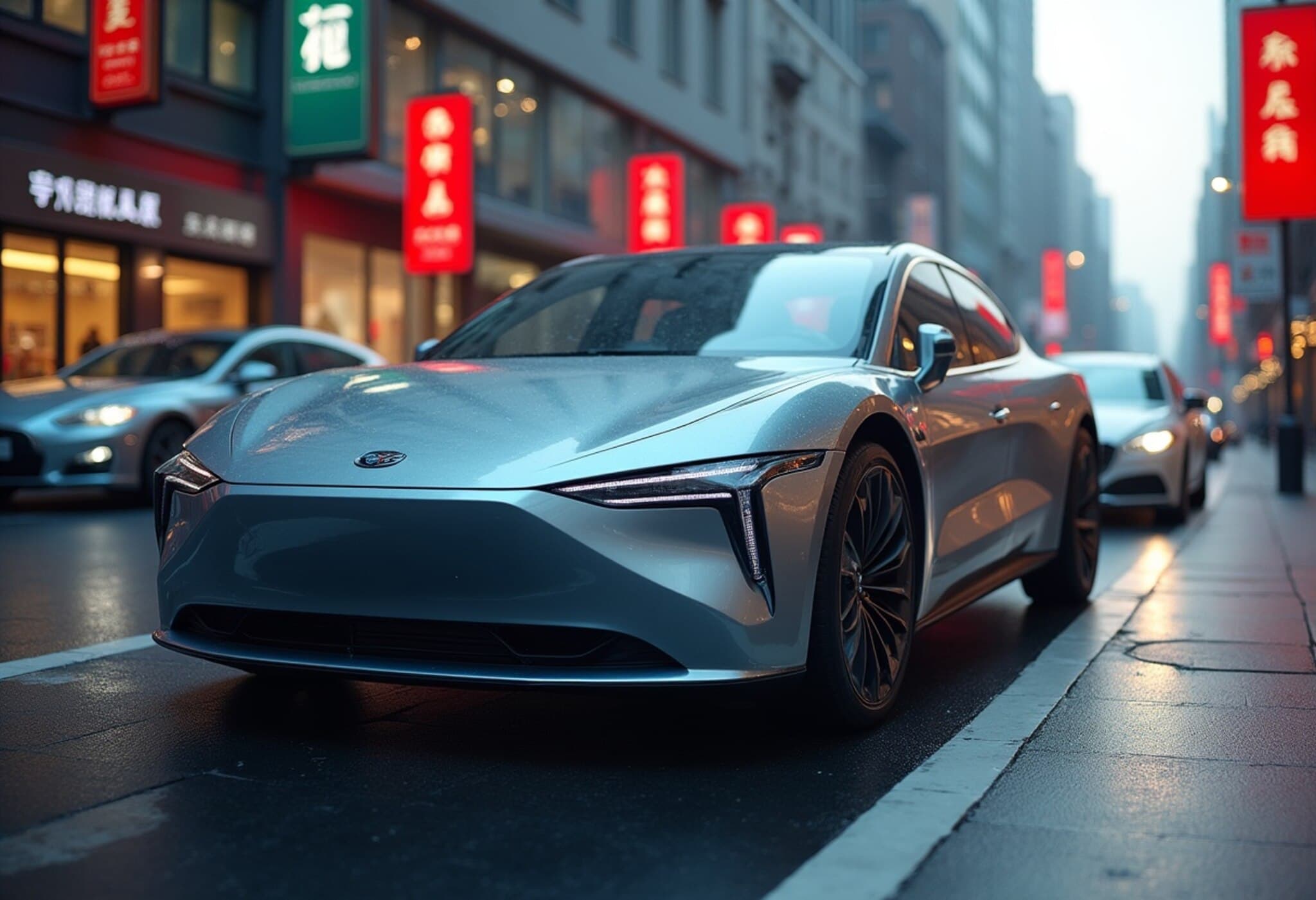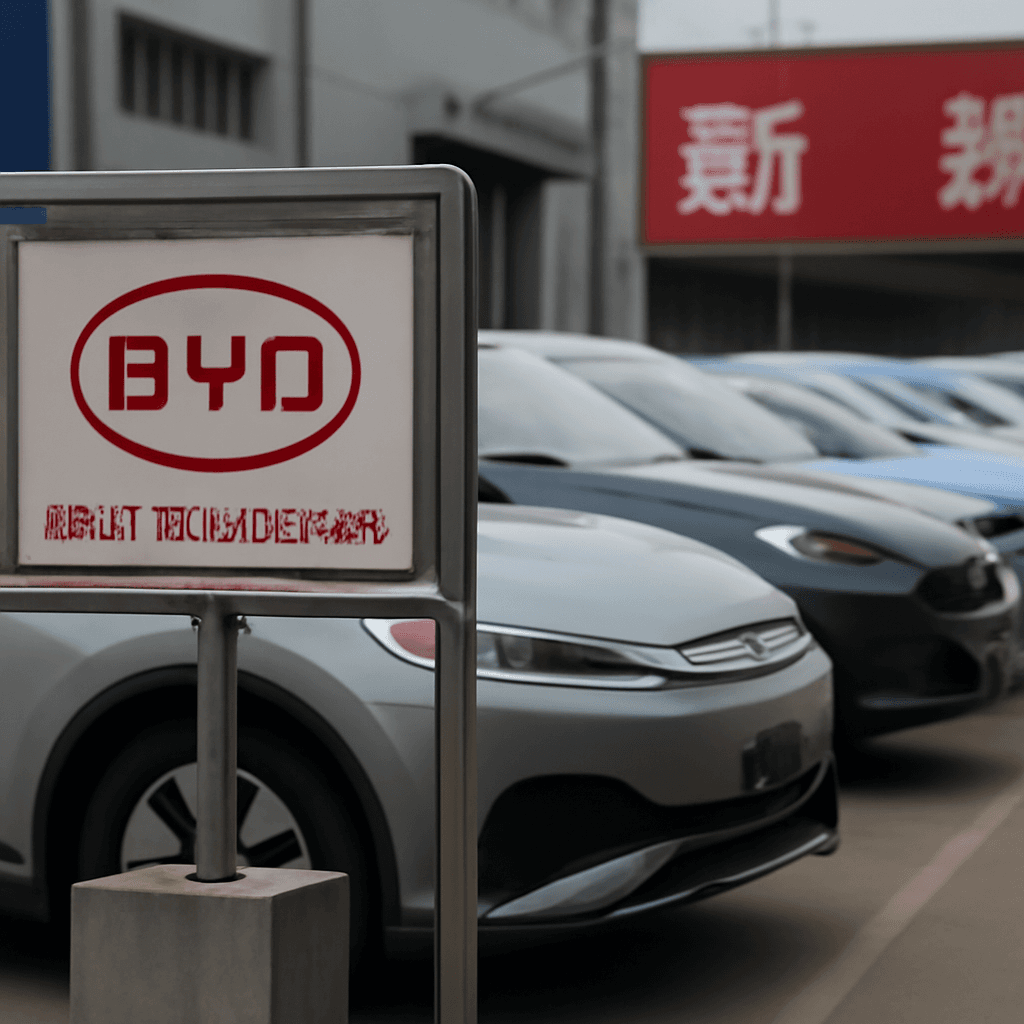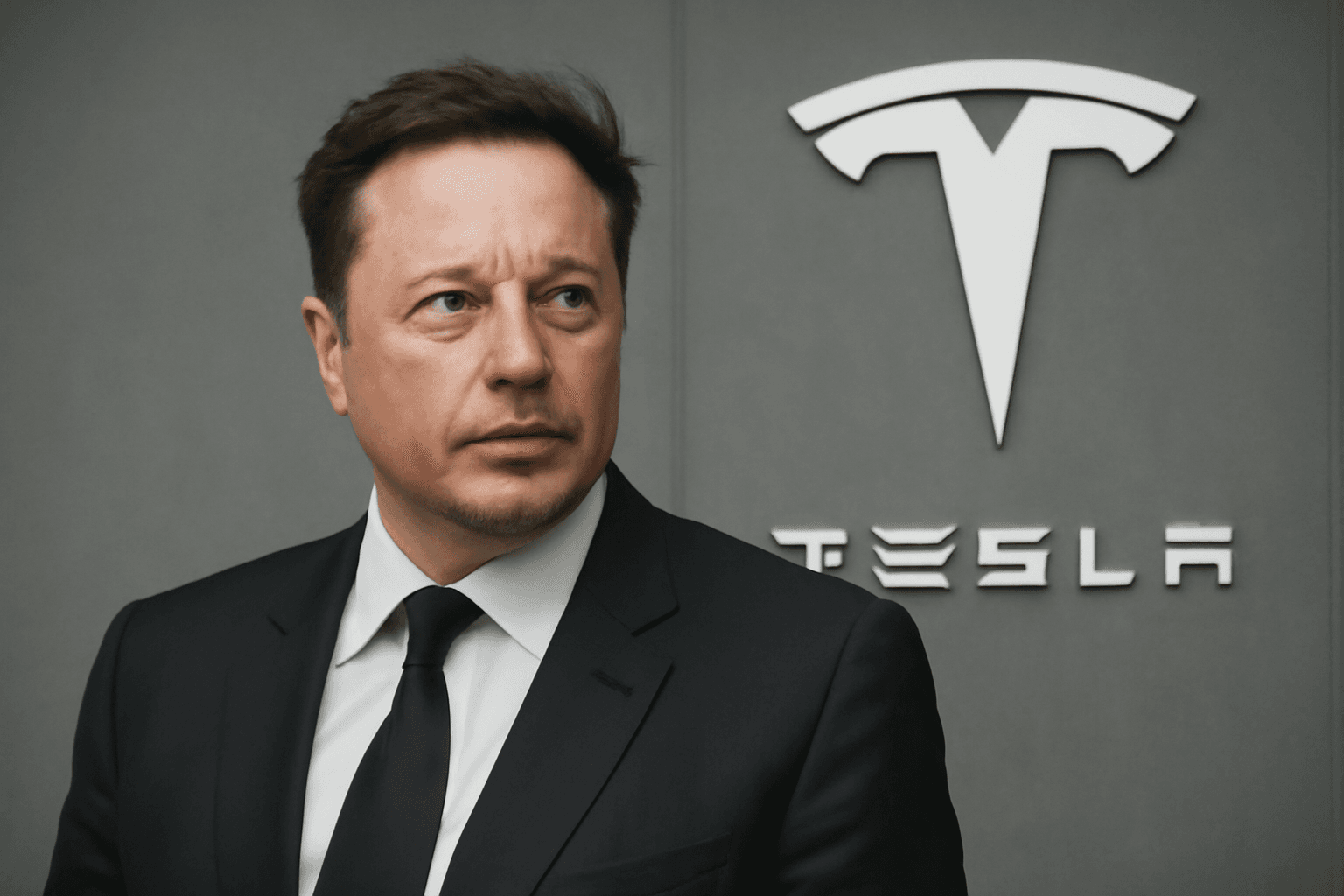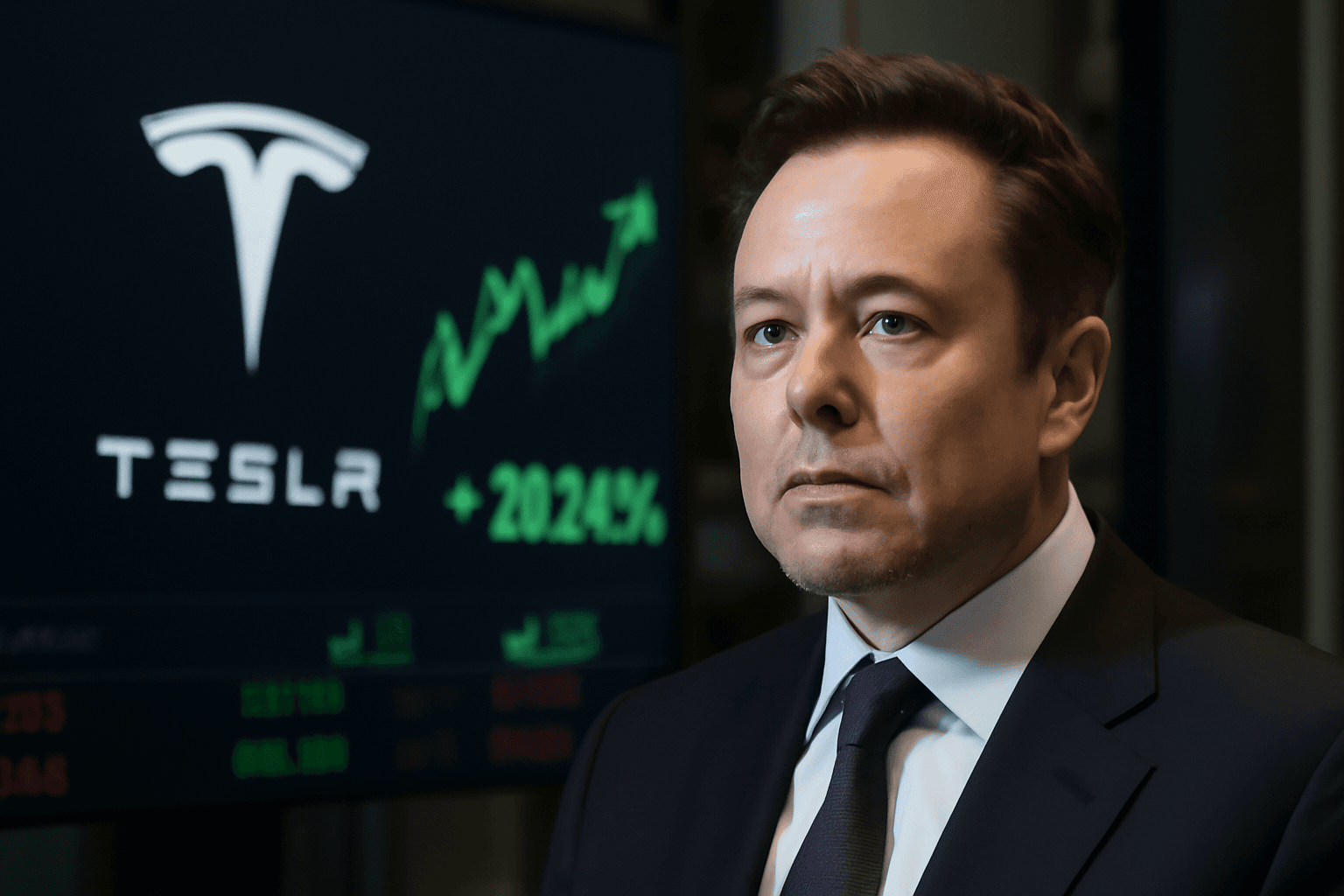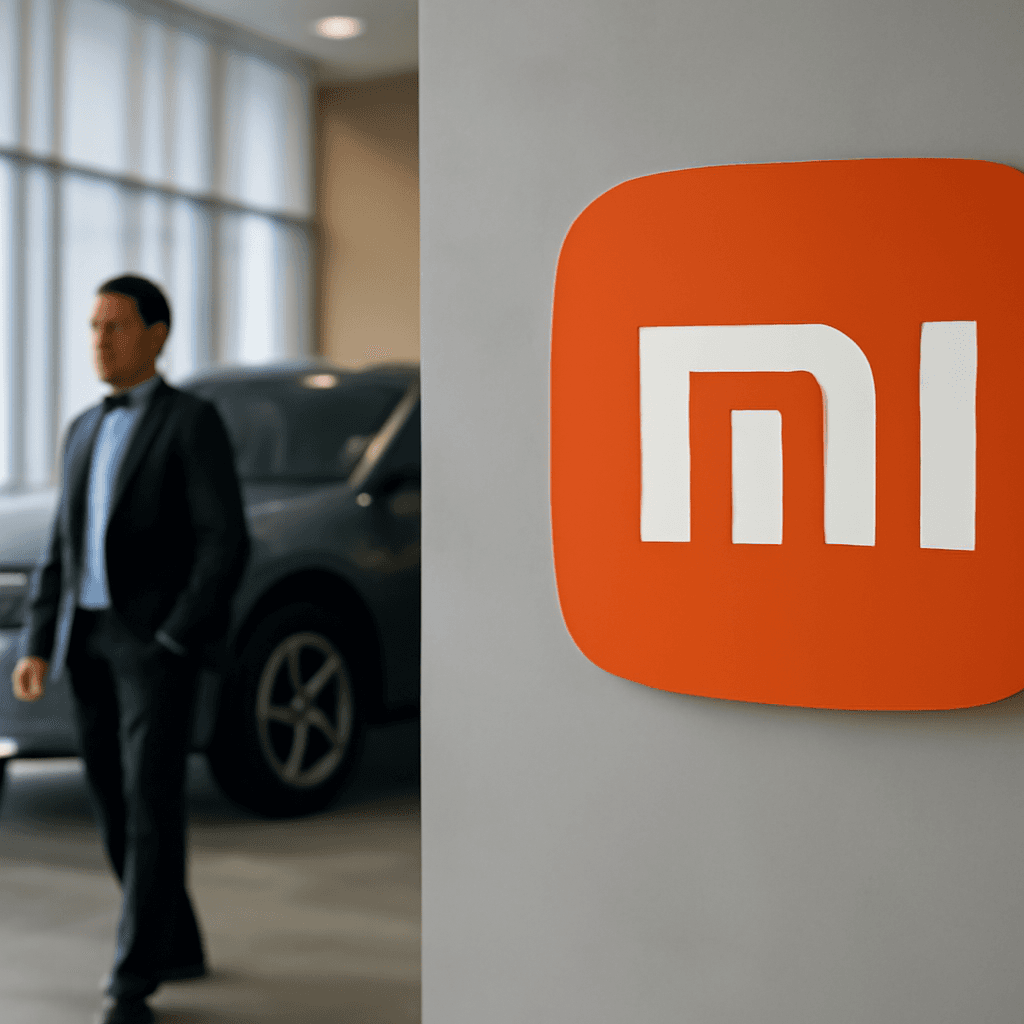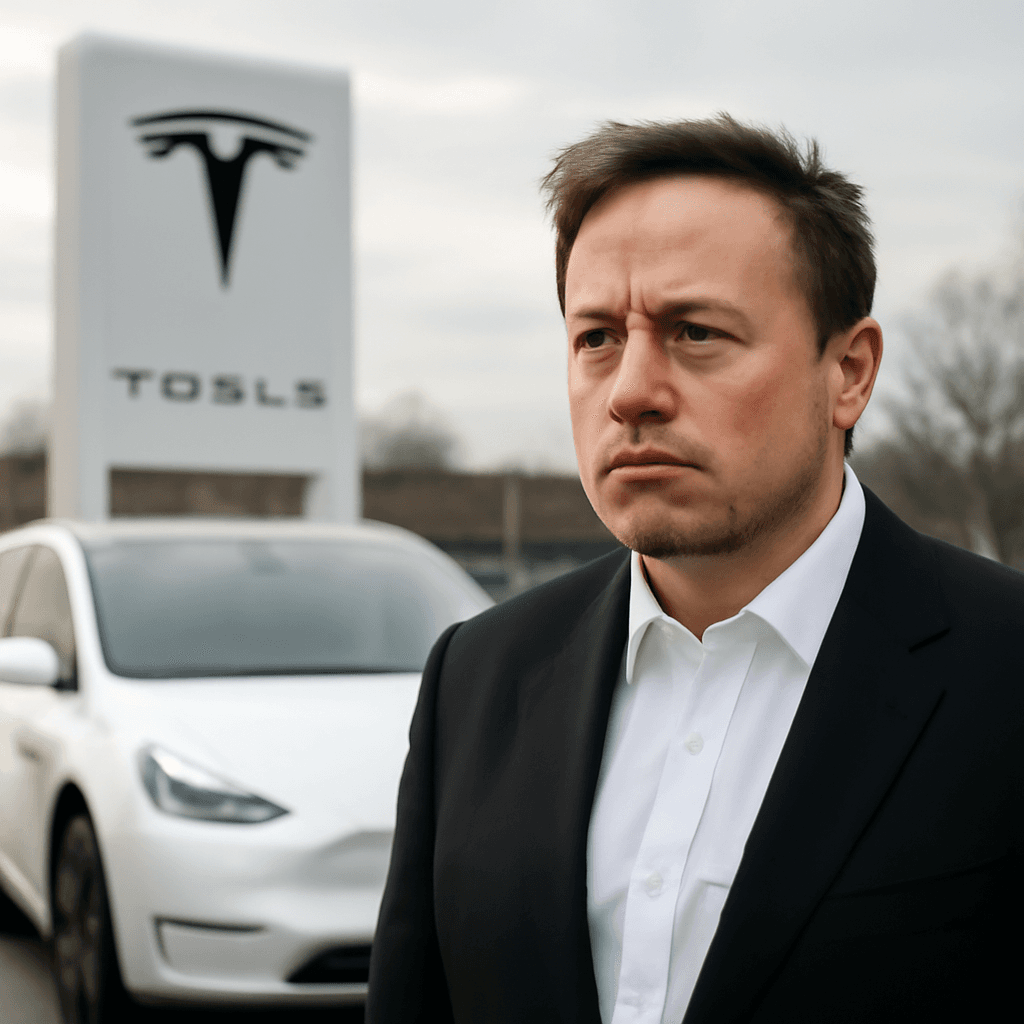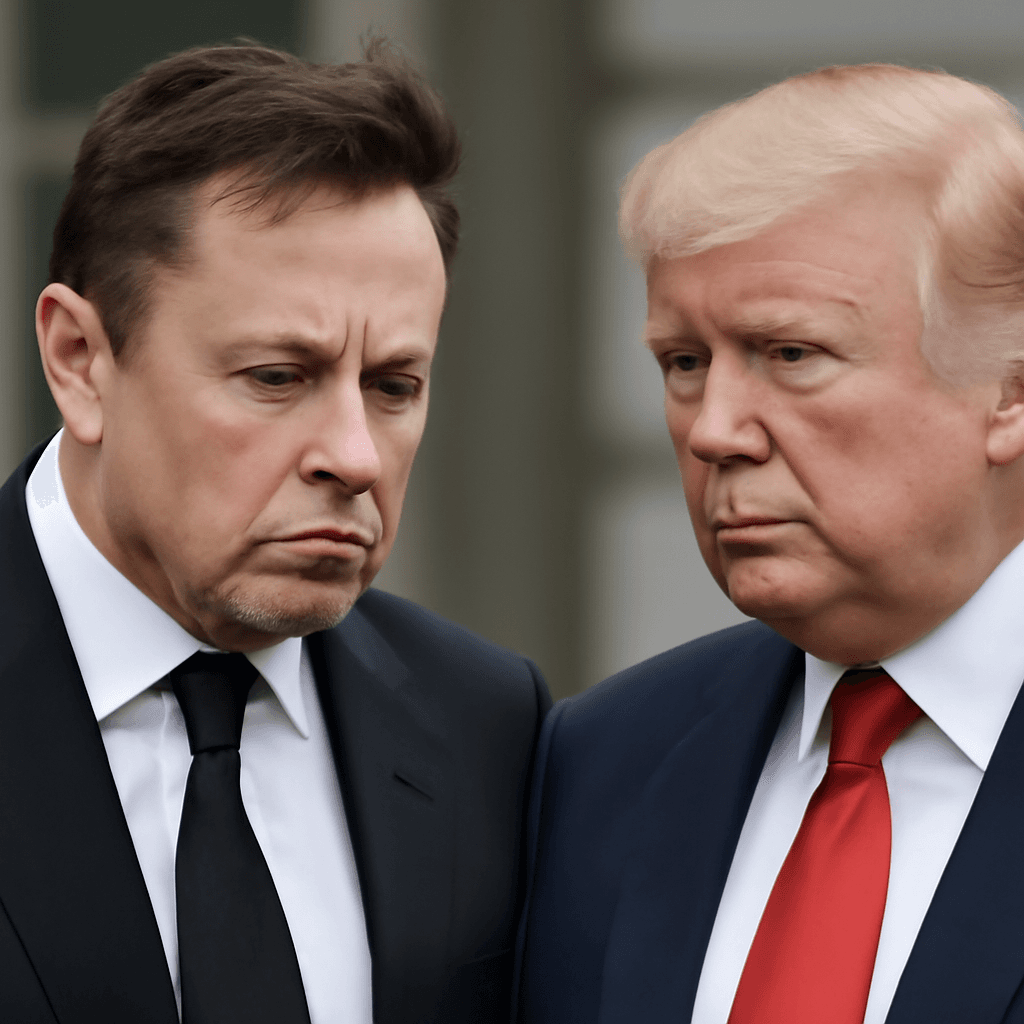The Fierce Price Battle Among China’s Electric Vehicle Makers
Electric vehicles (EVs) in China have become incredibly affordable, almost to the point of being a bargain too good to be true. For example, BYD’s popular Seagull hatchback can be purchased for just 50,800 yuan (around $11,000), which is over 30% below the manufacturer’s recommended price. This aggressive price-cutting strategy ignited by BYD in May has triggered a nationwide price war among more than 120 EV brands.
Behind the glimmering deals lies a harsh reality: intense competition fueled by weak domestic demand, a crowded market, and generous state subsidies has pushed many manufacturers into a destructive downward spiral. While BYD remains profitable, the majority of rivals operate at a loss, struggling to remain afloat.
Unpacking the ‘Zero-Mileage’ Used Car Phenomenon
Adding fuel to this frenzy, dealers have adopted a controversial practice of selling brand new cars — fresh off the production line — labeled as “zero-mileage” used cars. These are heavily discounted and sold domestically and shipped abroad to clear inventory. While this tactic inflates short-term revenue streams, it further depresses prices and destabilizes the market.
Government Concerns Over ‘Disorderly Competition’ and Economic Risks
China’s policymakers have begun raising alarms over this chaotic environment, describing it as “disorderly competition” and invoking the term “involution,” which captures the self-reinforcing cycle of diminishing returns and overwork leading to shrinking profits.
Dr. Bo Chen, a senior research fellow at the National University of Singapore’s East Asian Institute, points out that the recognition of overcapacity and internal competition is now unavoidable for the Chinese government. But officials tread carefully with the language to avoid acknowledging that past industrial policies contributed to the current predicament.
The consequences are far-reaching. The Chinese Communist Party’s Politburo recently declared a crackdown on “disorderly competition.” President Xi Jinping himself has publicly cautioned local governments against blindly chasing growth in EVs, artificial intelligence, and computing sectors, warning that indiscriminate investment risks deepening a deflationary spiral and igniting social unrest due to job losses.
Price Regulations and Market Consolidation Ahead
In a bid to restore stability, China’s economic planners have proposed amendments to pricing laws aimed at banning below-cost sales intended to undercut rivals or monopolize markets. Experts like economist Diana Choyleva observe that these developments signal a coming wave of industry consolidation, which though painful, may be necessary to cleanse oversaturated sectors.
Global Trade Implications and Market Access Barriers
China’s EV price war does not occur in isolation. Export markets are increasingly wary of cheap Chinese electric vehicles flooding their shelves. Notably, the US has maintained a strict 100% tariff on Chinese EV imports to shield its domestic automakers, effectively barring these vehicles from American roads.
Similarly, the European Union and other trading partners in Asia and South America have expressed concern over China’s government-subsidized exports undermining local producers. This raises critical questions about fair trade, market protectionism, and the future global balance of clean energy vehicle manufacturing.
Broader ‘Involution’ Concerns: Beyond Electric Vehicles
While EVs are at the epicenter, the government’s push against cutthroat competition extends across industries. Recent crackdowns target food delivery platforms for their ruthless pricing and marketing tactics. The financial sector is also under scrutiny, with regulators discouraging aggressive giveaways like cash vouchers and cooking oil to attract depositors, a practice reported by state media.
This multidimensional campaign reveals a larger effort by Beijing to foster more sustainable competition, curb reckless investment, and prevent the socio-economic fallout of excessive industrial fragmentation.
The Human and Economic Toll of Market Turbulence
The looming industry shakeout is not just a business story. Hundreds of companies may disappear, placing thousands of jobs at risk and profoundly affecting communities dependent on manufacturing and sales. For consumers, while prices may rise after consolidation, a more stable market could prevent the volatile boom-and-bust cycles China has witnessed before.
What Comes Next for China’s EV Industry?
Experts remain cautiously skeptical whether these policy directives will translate into decisive ground-level reforms. Local governments face competing priorities: encouraging innovation and growth while managing social stability amid job losses from failing enterprises. The “Wild West” period of ultra-cheap EV deals and extravagant incentives appears to be drawing to a close.
Going forward, industry watchers will closely monitor how the government balances market discipline with its ambitions to lead globally in electric vehicles and advanced technology.
Editor’s Note:
China’s staggering EV price war illuminates a broader dilemma facing state-led economic models navigating rapid technological markets — how to encourage innovation without fueling wasteful overcapacity and market chaos. As Beijing calibrates its approach, questions remain: Will stricter regulation and market consolidation preserve China’s EV dream or stifle its dynamism? Moreover, how will these developments shape global clean-energy competitions and trade relations? Observers should watch for policy shifts beyond rhetoric and their real impact on workers, consumers, and international markets.

